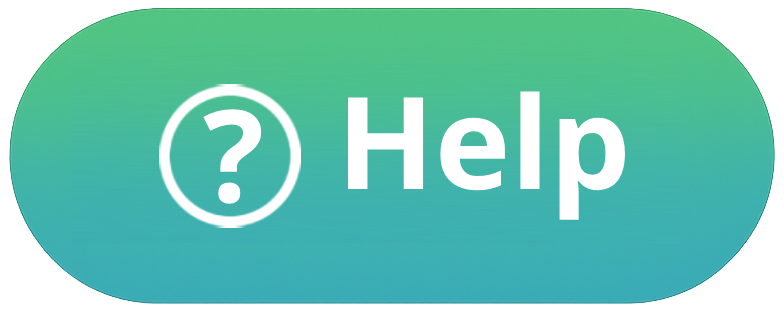Create a New Widget
From Website >>> Appearance >>> Widgets, using the block editor.
Widgets are global content blocks you can insert into various areas of your website, such as sidebars or footers.
You can use standard (Gutenberg) and advanced (Kadence) blocks available in the editor.
Add the blocks to the specific Sidebar area (e.g., Sidebar 1), and then enable that Sidebar on your pages or posts.
Yes, by duplicating the widget content and assigning each copy to the appropriate language.
You only need to translate widgets containing custom text, not dynamic widgets such as Latest Posts.
Widget Areas
From Website >>> Appearance >>> Widgets.
Sidebar 1, Sidebar 2, Footer 1 to 6, Header Area, Header Off Canvas, Catalog Off Canvas Sidebar, and Inactive Widgets.
Manually select the desired Sidebar in the specific page or post settings.
Add the blocks to the specific Sidebar area (e.g., Sidebar 1), and then enable that Sidebar on your pages or posts.
First create them in Widgets, then drag them into the desired column from Appearance >>> Customise >>> Footer.
First create the widgets in Widgets, then place them from Appearance >>> Customiser >>> Header.
Add a dedicated toggle button from Appearance >>> Customise >>> Header, using the Toggle Widget Area option to activate it.
You can configure titles, colors, padding, layout, panel side, maximum width, and close button colors.
From Website >>> Customise >>> WooCommerce >>> Catalog Off Canvas Sidebar.
It allows temporary storage of widgets without deleting them, keeping them hidden until reactivated.

